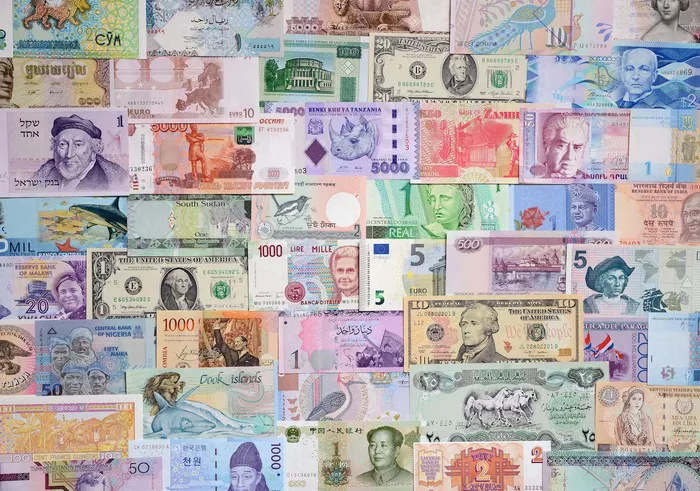Economists are divided on whether the Monetary Authority of Singapore (MAS) will adjust its monetary policy this week, with some predicting a potential loosening of policy to reflect easing inflation and stronger-than-expected growth, while others expect the central bank to hold off and await clarity on U.S. President Donald Trump’s second-term policies.
In a Reuters poll of 12 analysts, six forecast that MAS will loosen its currency-based monetary policy during its scheduled review on Friday. They argue that easing inflation and stronger-than-expected economic growth in 2024 could justify a change in the policy settings. The other half of analysts anticipate that MAS will keep its policy unchanged for now, citing global uncertainties and waiting for more information, particularly from the U.S.
Since its tightening in October 2022, the MAS has maintained its policy stance, which marked the fifth consecutive tightening. The last time the MAS eased its policy was in March 2020, in response to the economic challenges posed by the COVID-19 pandemic.
Jonathan Koh, Asia economist at Standard Chartered, believes MAS may opt to remain on the sidelines for now. “The MAS may want to assess the implications of policies from the Trump administration, which may only become clear in the second quarter,” he said. This sentiment is echoed by Lee Yen Nee, a risk analyst at Fitch Solutions, who pointed out that Singapore’s strong economic performance allows the MAS to wait and monitor global developments more carefully.
Globally, central banks are trending towards more cautious and gradual cuts in monetary policy. The U.S. Federal Reserve lowered interest rates in December, but analysts expect it to hold rates steady this month due to concerns over inflationary pressures linked to Trump’s economic policies. Similarly, the European Central Bank has signaled further interest rate cuts, but cautioned that uncertainties necessitate a measured approach.
In Singapore, the MAS uses a unique monetary policy framework based on the management of the Singapore dollar’s nominal effective exchange rate (S$NEER), rather than adjusting interest rates directly. The central bank adjusts the policy via three levers: the slope, mid-point, and width of the S$NEER band.
Maybank economist Chua Hak Bin sees room for MAS to ease policy, noting a more benign inflation outlook. He forecasts a gentler appreciation in the S$NEER band’s slope. With core and headline inflation both cooling to below 2% after peaking at 5.5% in early 2023, Chua expects inflation to continue to ease into 2025.
Bank of America analysts, however, predict that MAS will maintain its current policy stance in this week’s review, but may signal a dovish tilt, paving the way for potential easing in the next scheduled review in April. The MAS began quarterly policy announcements in 2023, moving away from its previous semi-annual reviews.
“By the April meeting, there would be greater clarity on cost pass-through from usual start-of-year price adjustments, and the impact of Singapore’s budget,” Bank of America analysts noted.
As a major trading hub, Singapore is often viewed as a bellwether for global economic trends. The city-state’s trade-reliant economy saw strong growth in 2024, with advance estimates showing a 4% growth rate, up from a modest 1.1% in 2023. The Ministry of Trade and Industry has forecasted a more modest GDP growth range of 1.0% to 3.0% for 2025.
With inflation cooling and growth exceeding expectations, the MAS faces a delicate balancing act, as it navigates a global economic landscape marked by uncertainties, particularly those arising from the U.S. administration’s policies. Whether the MAS decides to ease policy this week or hold steady, the decision will be crucial in shaping Singapore’s economic trajectory in the months to come.
Related topics:
US Dollar Remains Steady Amid Chinese Bond – selling News
EUR/USD: Tethered in a Holiday – Induced Tight Range
Crude Oil Surges as Traders eye China – induced Holiday – season Boost


